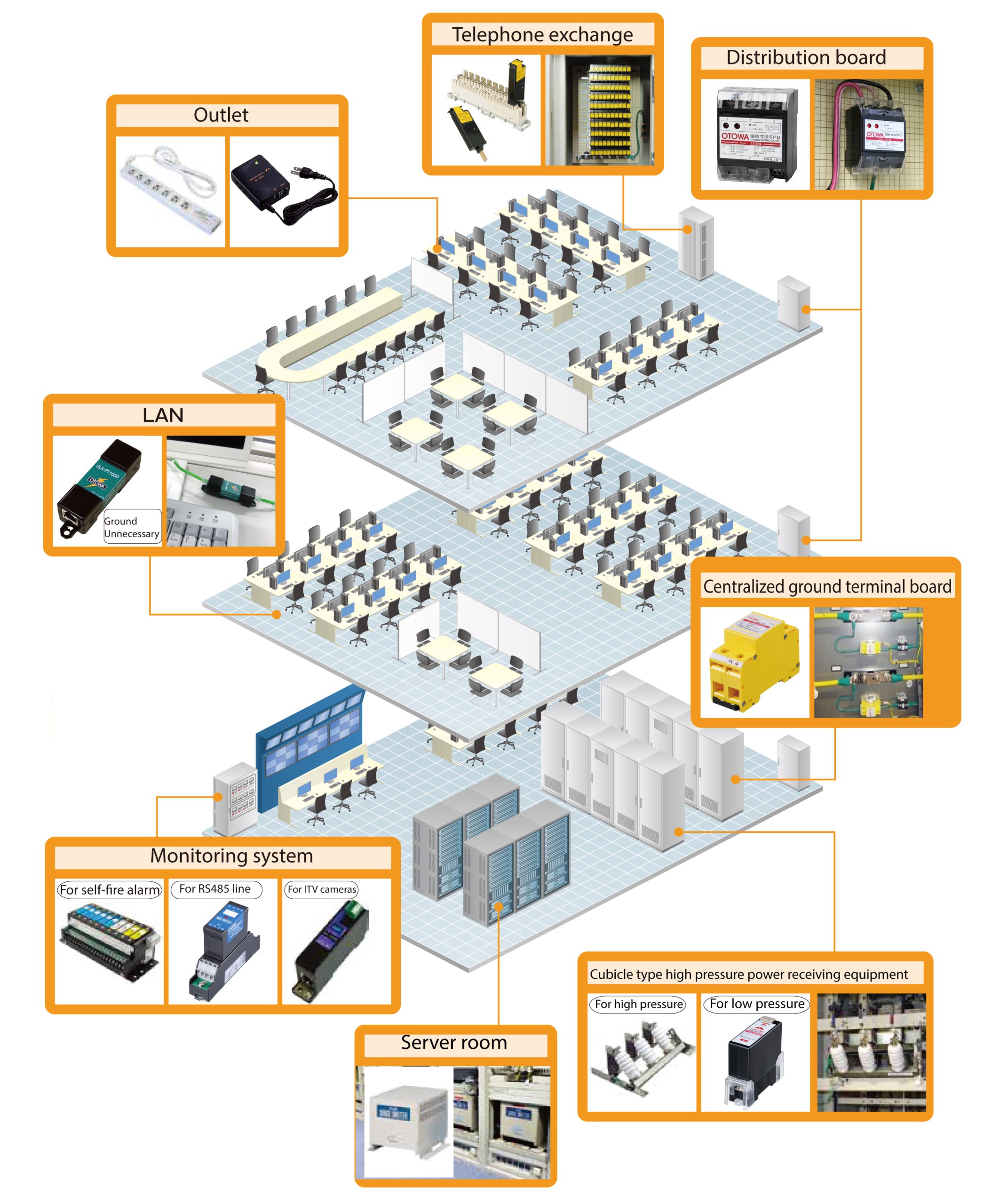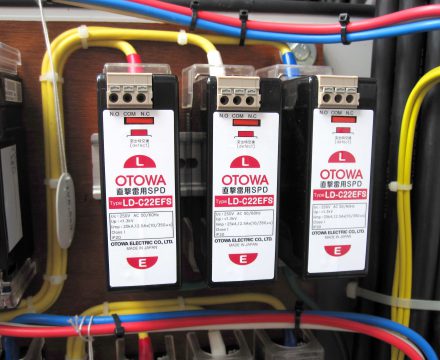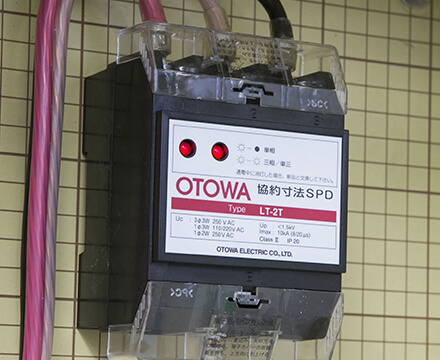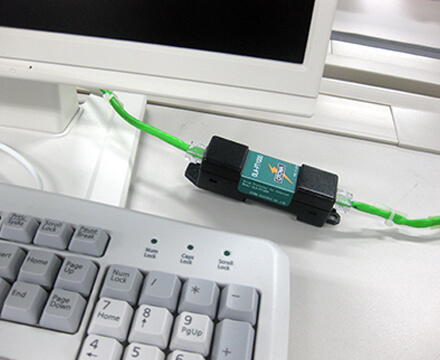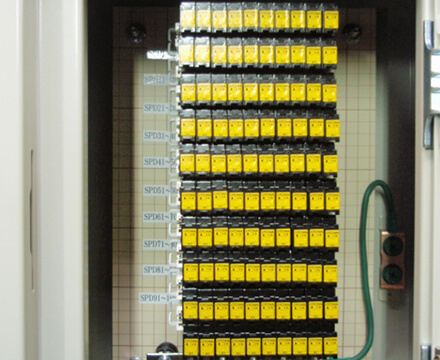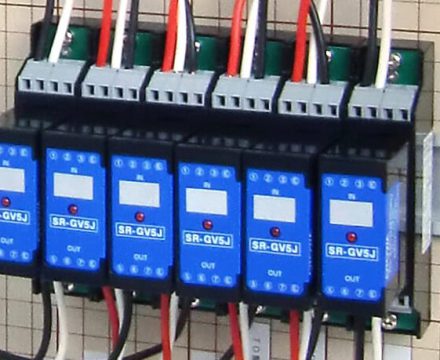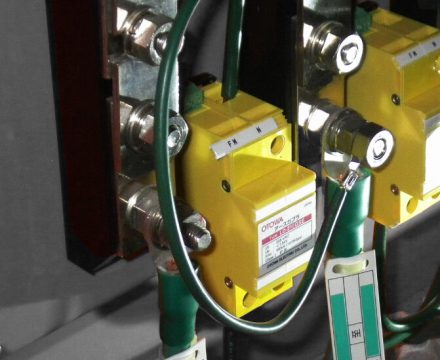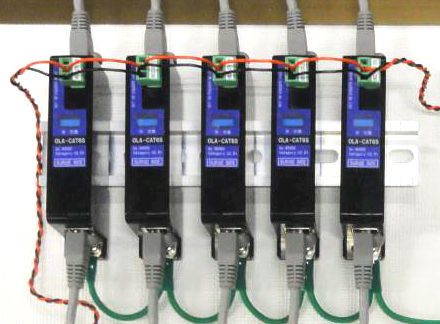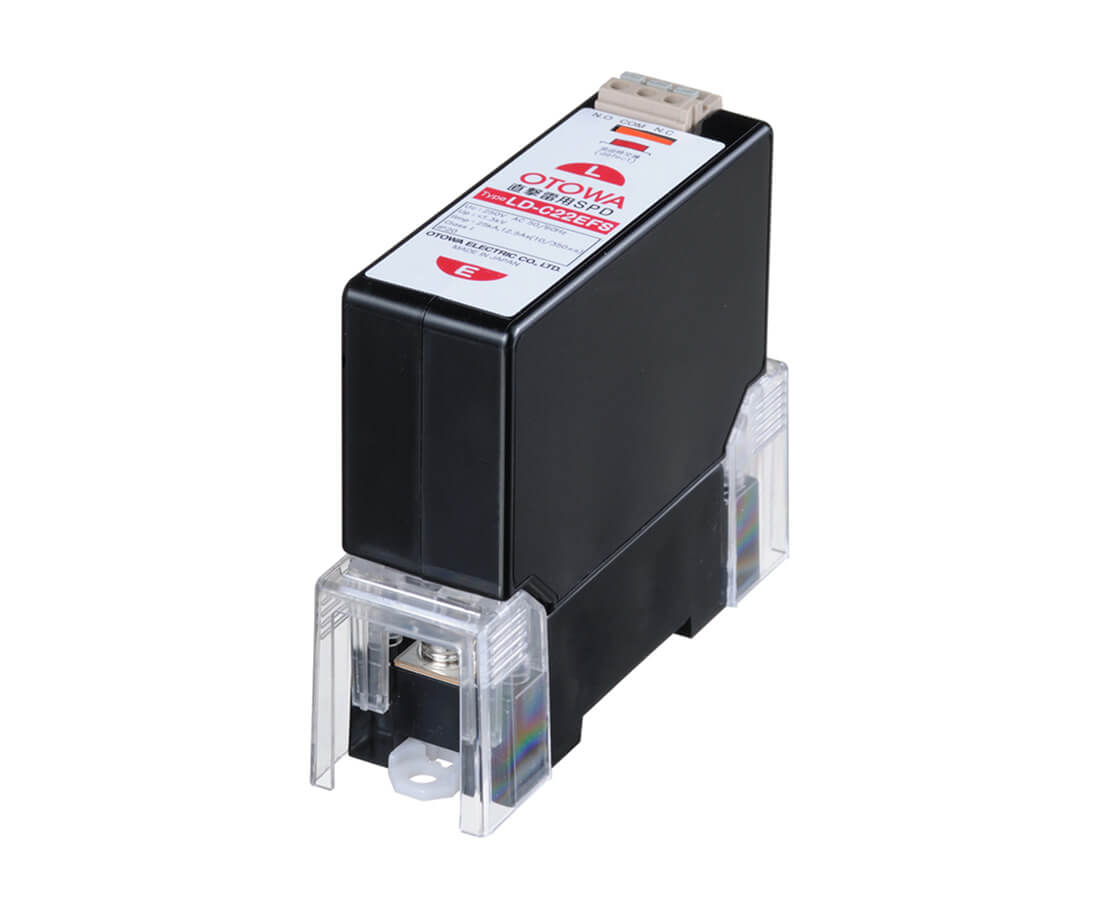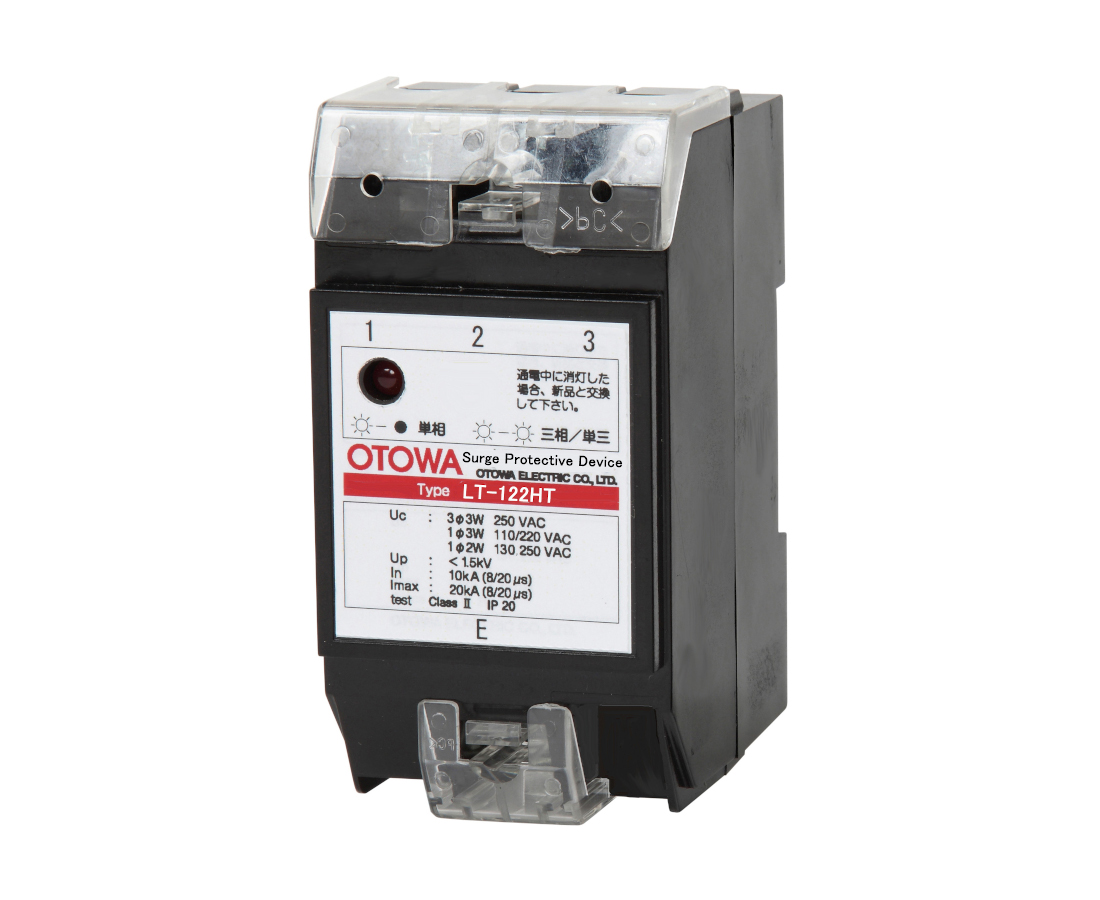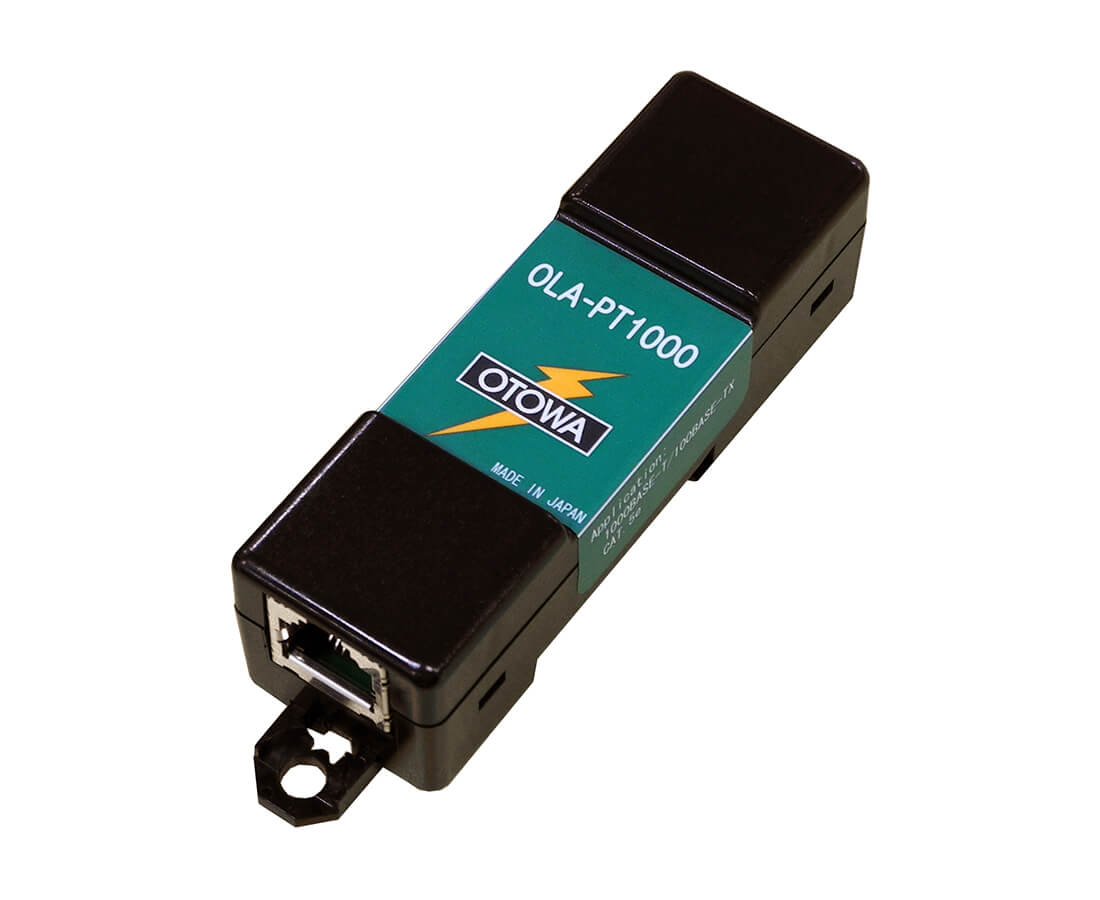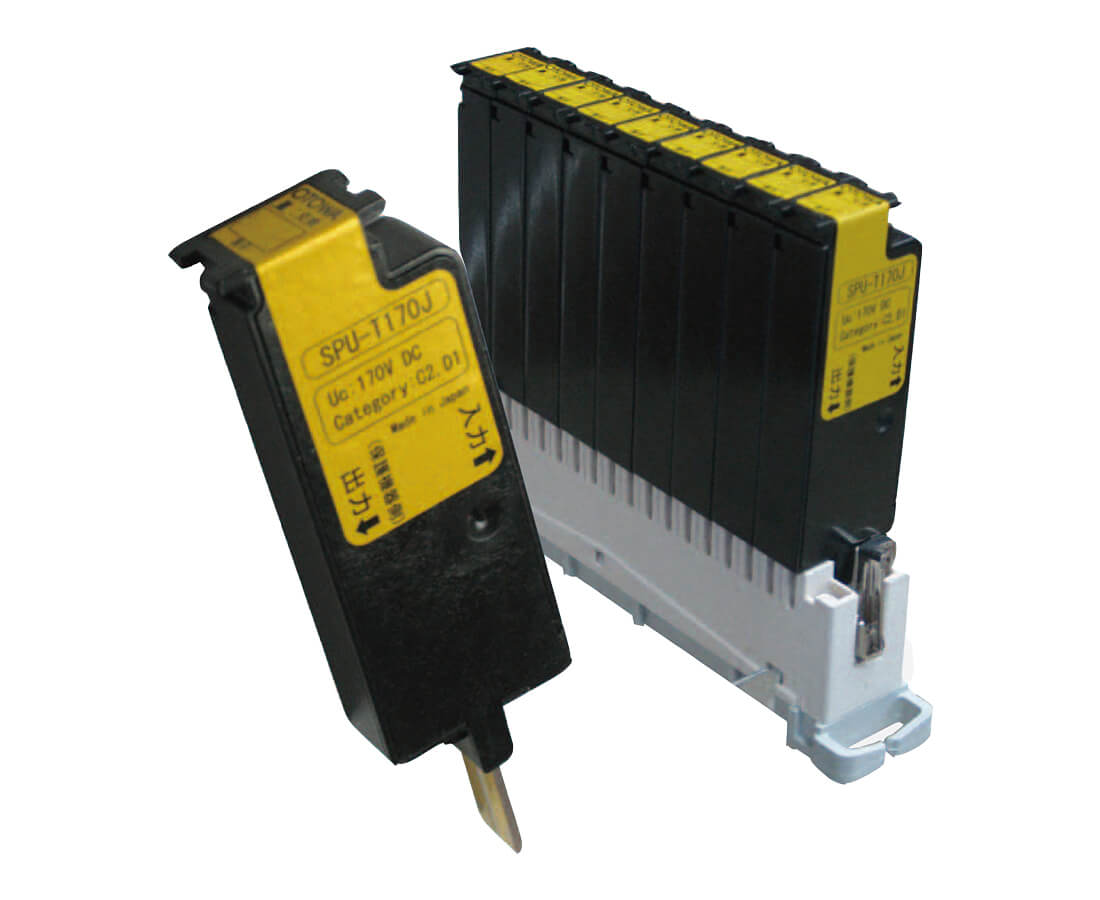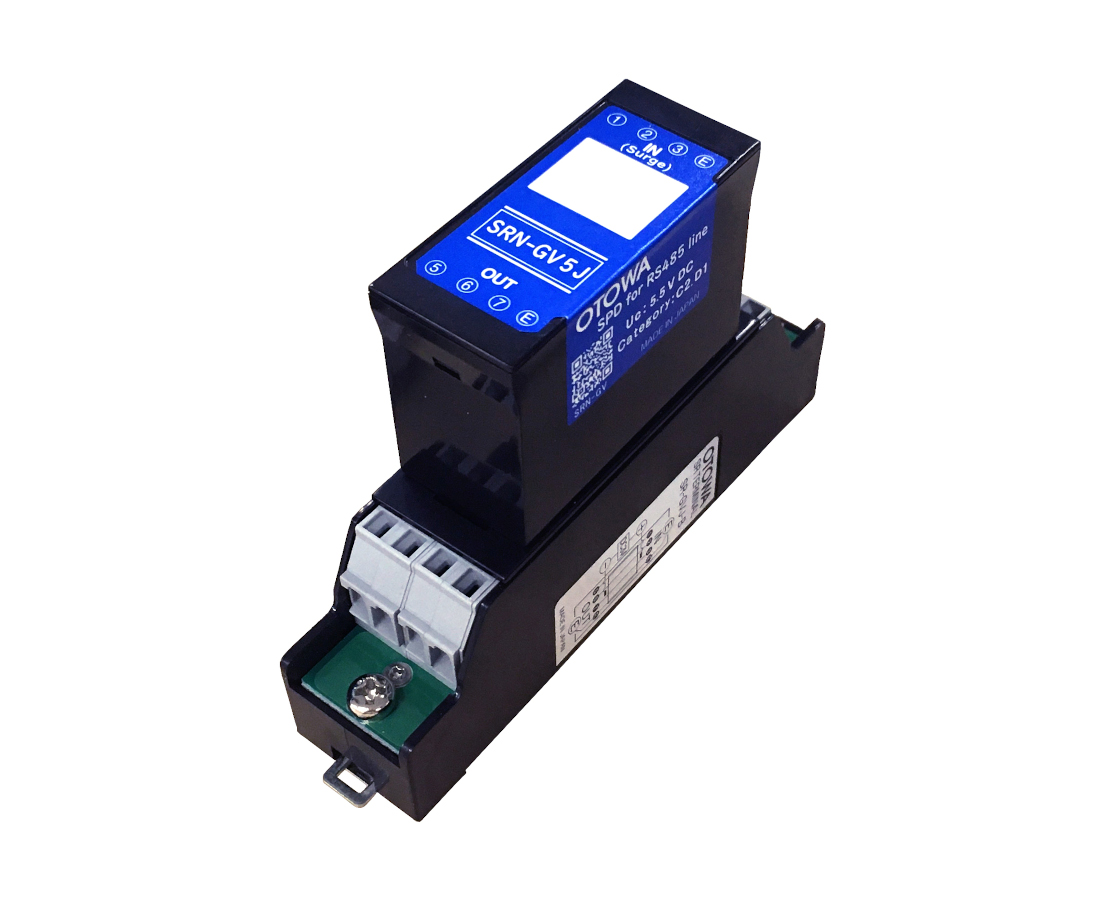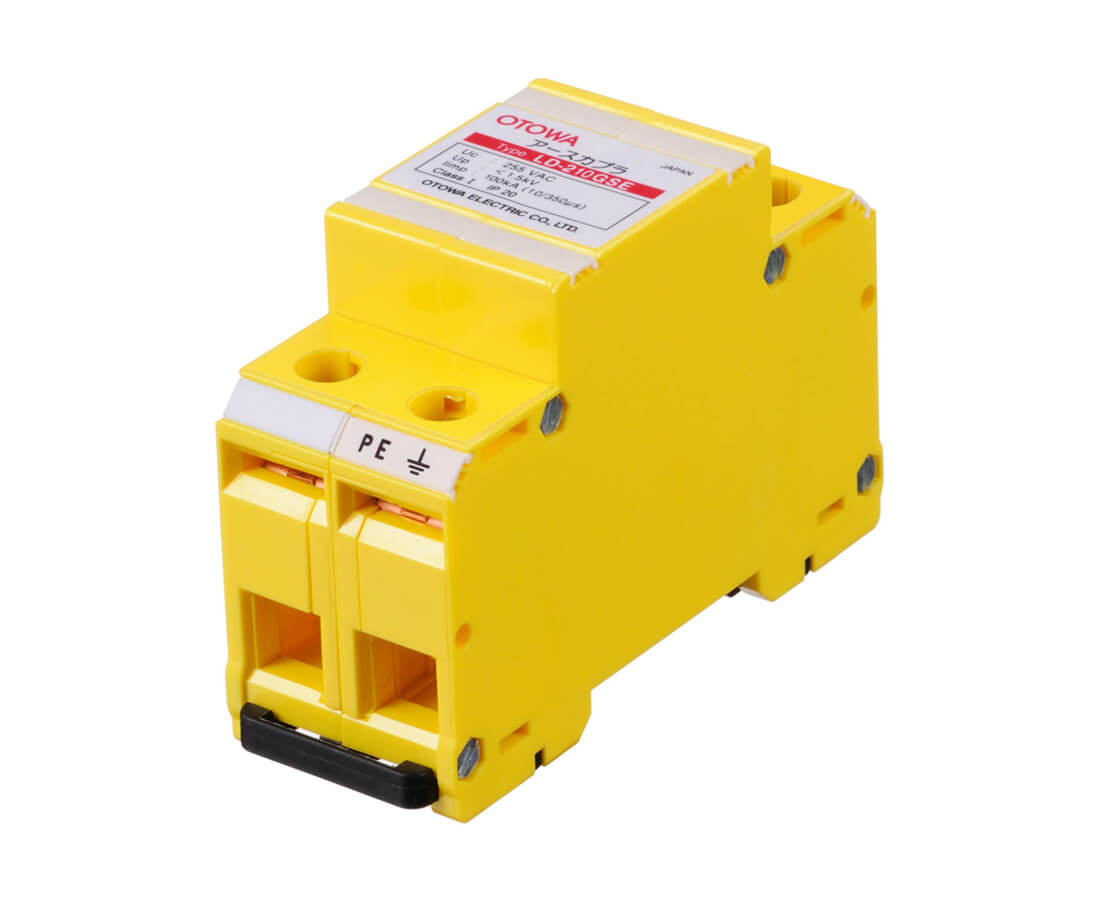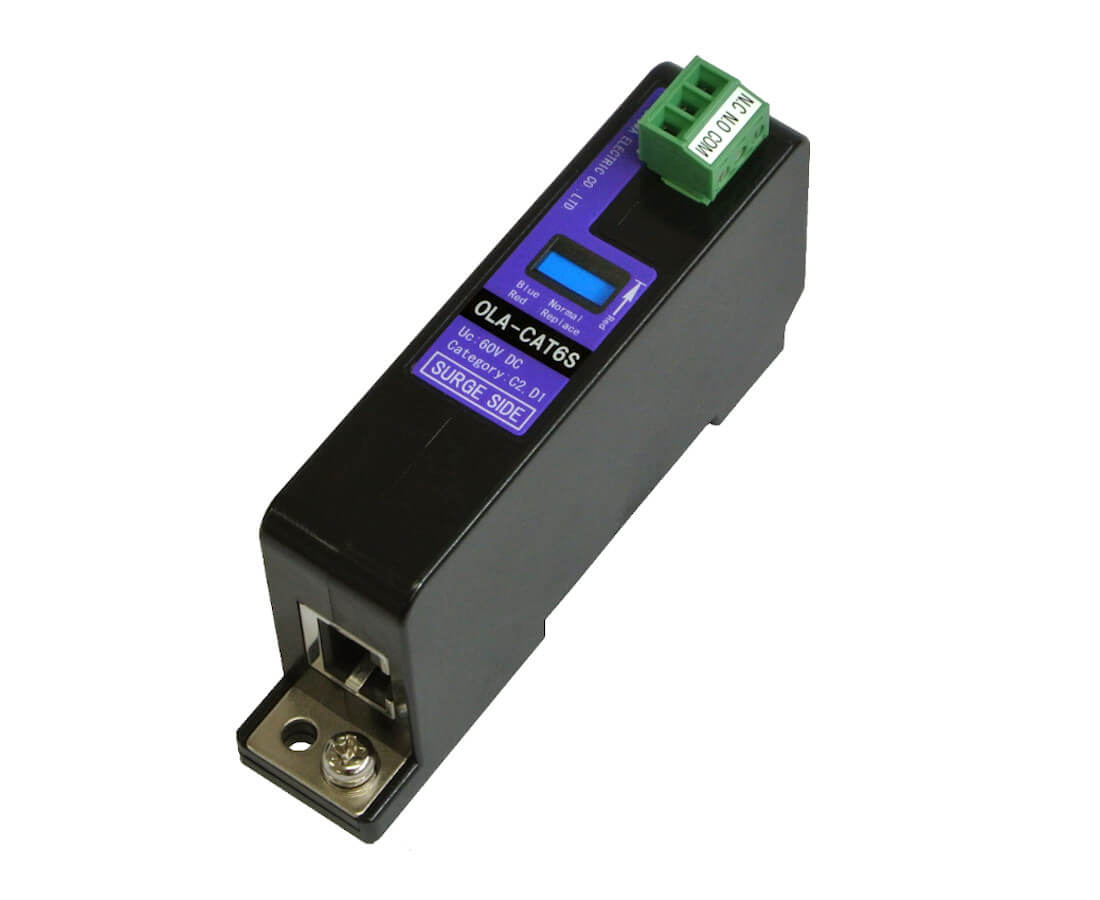
As offices become more networked and equipment more precise, the risk of lightning is increasing, and OTOWA considers and proposes lightning countermeasures for the entire facility. OTOWA considers and proposes lightning countermeasures for the entire facility. It is important to consider lightning countermeasures for the building itself and lightning surge countermeasures for electrical equipment in total, rather than separately. Total lightning countermeasures vary depending on various conditions such as the location of the building and electrical wiring. By examining lightning countermeasures from various perspectives, we can design more optimal lightning countermeasures.
Lightning countermeasures are part of risk management.
OTOWA will propose the best lightning countermeasure by comparing the risk of lightning and the cost of the countermeasure.
